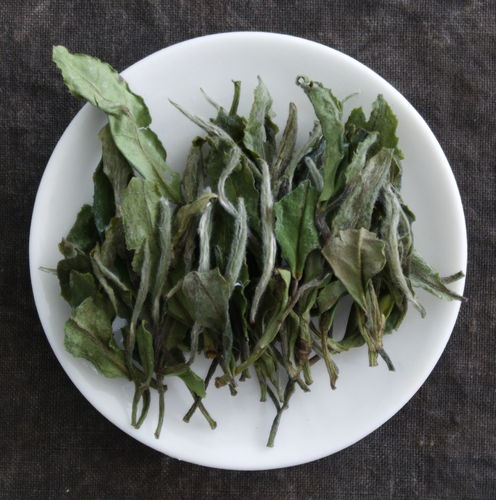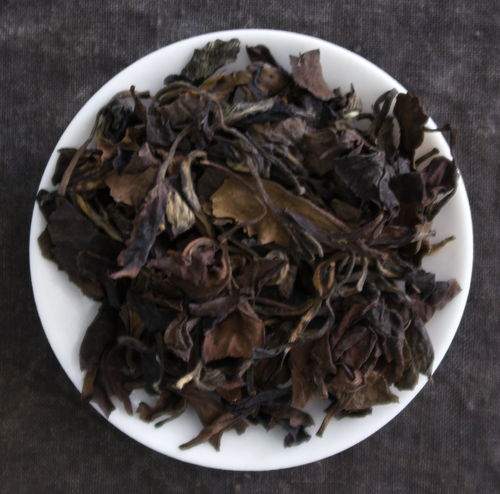Your Chinese and Taiwanese Tea Specialist
Categories White & Yellow
White & Yellow Tea
Among the 6 tea categories of Chinese teas, white tea and yellow tea are both very small groups of teas and they share a common confusion in the Chinese tea world. Because both “white” and “yellow” can also be the color of the tea buds or leaves, these terms do not necessarily relate to tea processing. However, in here, we are only categorizing tea after its processing.
White Tea
In a technical term, white tea making only involves two steps: withering and drying. « Drying » is done naturally or over the weak fire, to prolong shelflife. As the fresh leaves were left drying, withering happens naturally, the production of white tea is the most primitive form of tea making. Since no heat is involved to inactivate enzymes, natural oxidation can therefore take place. White tea could be made from bud only, or with 1 to 3 more leaves in a loose form and even pressed into cakes or in other shapes. In addition, white tea can also be stored and aged naturally. However, unlike Puerh, white teas would need to avoid contact with oxygen and at relatively low humidity below 60%.
Although the making of white tea is very simple and primitive, it was treated more like a “natural remedy” in the countryside and mountains. It didn’t become a commercial product until 1922 in China after it was developed in Fujian. Its production area is also limited within Fujian in Zhenhe and Fuding mainly. At that time, commercial white tea was only targeted to the export market and its production was controlled by the state for decades. The market was not opened until the 1980s.
Yellow Tea
Yellow tea can also be seen as a transitional product from the development of tea processing. It is a family between green and oolong tea. It was the first accidental or attempt of producing partially oxidized tea. The defining step that is unique for yellow tea is “men huang”. “Men huang” includes two phases and both involve gentle heat: either with the presence of humidity by covering or wrapping them with a cloth or a paper while the leaves were still warm or while removing it through roasting. Both aim to transform the leaves into a more yellowish color and intensify the aroma of the finished product and its brews.
This “yellowing” was considered a process failure during green tea making. However, this phenomenon has also woken the interest of investigating deeper and became an inspiration for the development of partially oxidized tea in the later stage. The technique of producing yellow tea was further solidified around 1570. Depending on the raw material, yellow tea can be classified into 3 further groups: yellow buds, small leaves, and large leaves yellow teas.
Premium Zhenghe Bai Mu Dan 2020Product no.: CN-BMD-2020 from 3.50 € *
100 g = 35.00 €
can be shipped within 1-3 days |
Old White Tea 2010Product no.: CN-OWT-2010 from 5.25 € *
100 g = 52.50 €
can be shipped within 1-3 days |
Zhenhe Silver Needles 2017Product no.: CN-OYZ-2017 from 5.65 € *
100 g = 56.50 €
can be shipped within 1-3 days |
Huoshan Yellow Buds 2021Product no.: CN-HSY-2021 from 12.50 € *can be shipped within 1-3 days |






